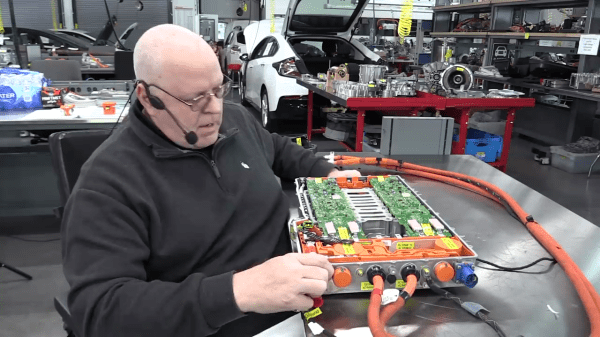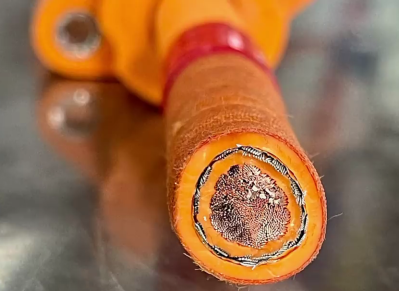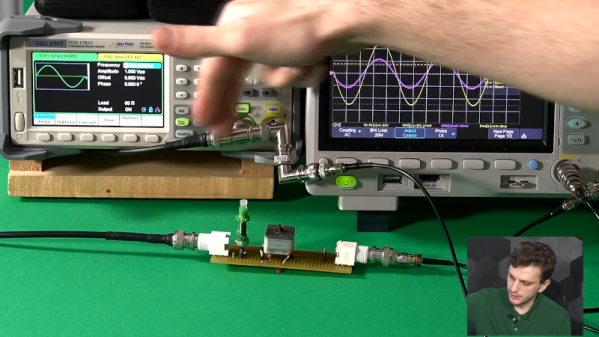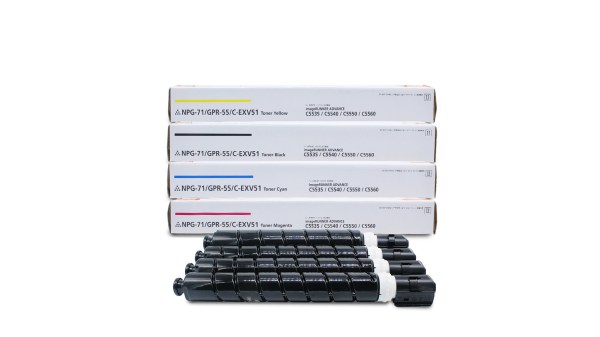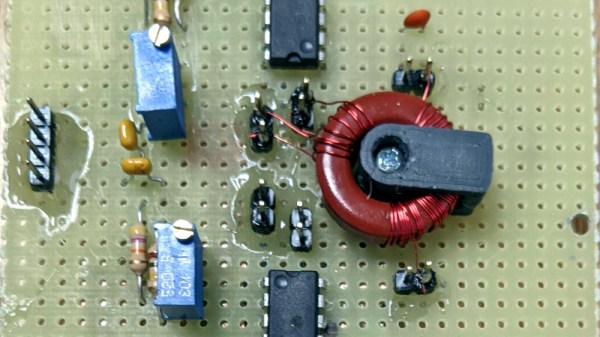When we think of tracked vehicles, we normally think of tanks, or perhaps heavy construction machinery. Meanwhile the average member of the public is left out of the fun. [Bob] of [Making Stuff] won’t be one of them, however, having put together a ride-on tracked vehicle for his own enjoyment.
The machine is welded together from plenty of steel, making it more than tough enough to soak up the punishment of off-road duty. The design features four suspended buggy wheels on either side running inside rubber tracks, with a cogged drive wheel at the front. Propulsion is thanks to a 440 cc DuroMax engine good for a full 18 horsepower and 26 ft-lbs of torque, driving the tracks through a differential mounted up front.
The design has one major issue at the moment. The heavy engine is mounted ahead of the front wheel inside the tracks, which means the vehicle wants to nosedive at the slightest provocation. Such an event would be highly uncomfortable for the rider, so mods are needed, either by scooching the engine back a little or pushing the wheels forward.
We look forward to seeing [Bob] fix the issues and get the machine driving soon. We’ve seen other tracked builds before, too – often on the smaller scale. Video after the break.
Continue reading “Ride-on Tracked Vehicle Is A Stout Metal Build”


